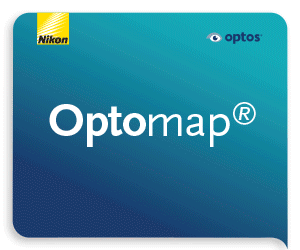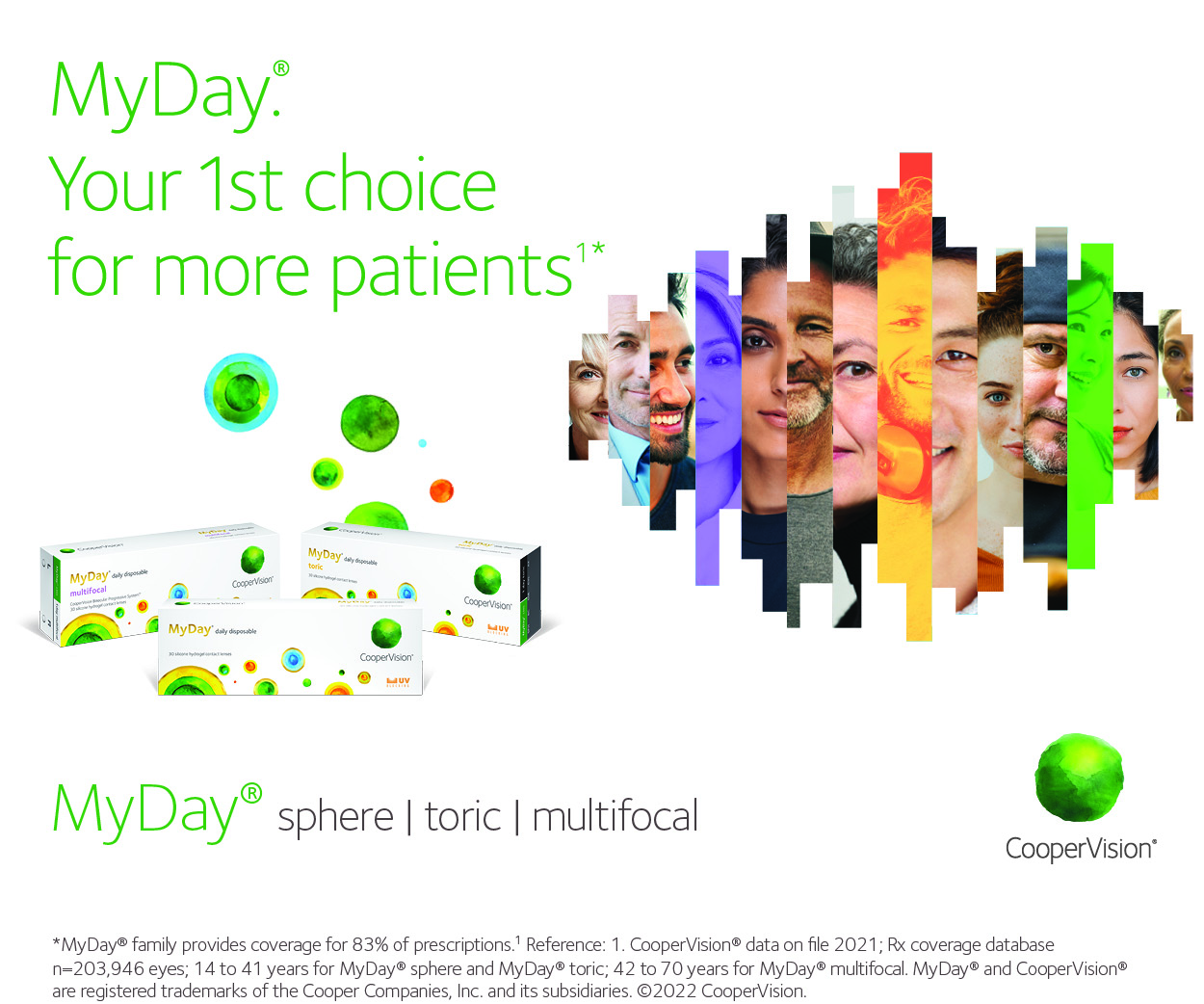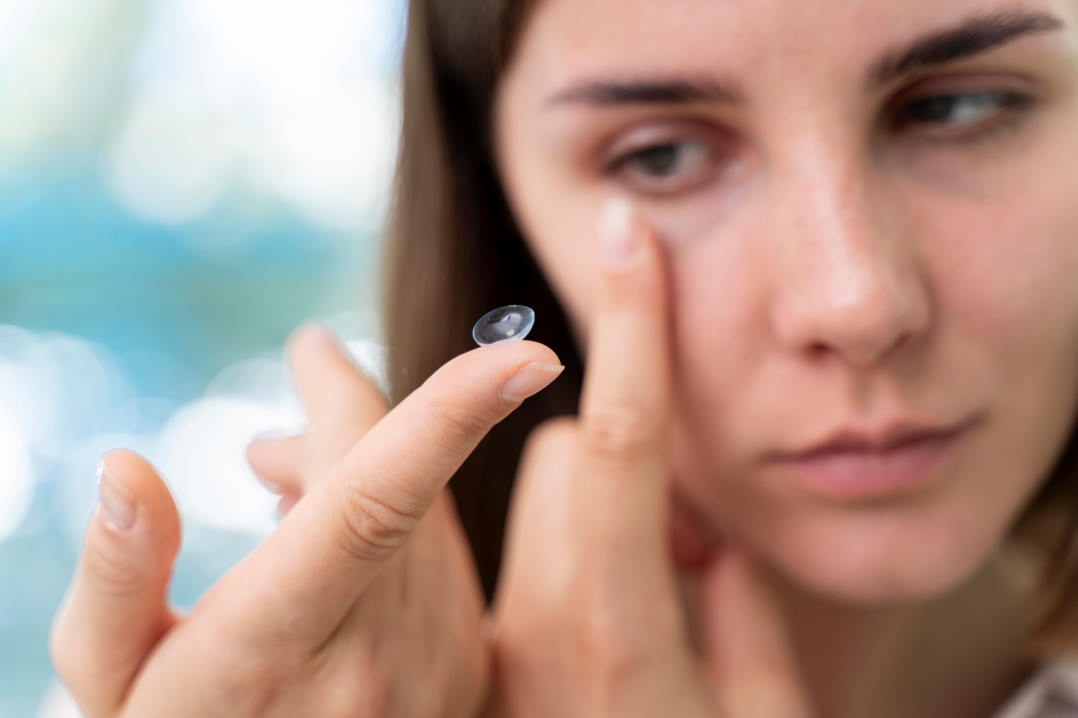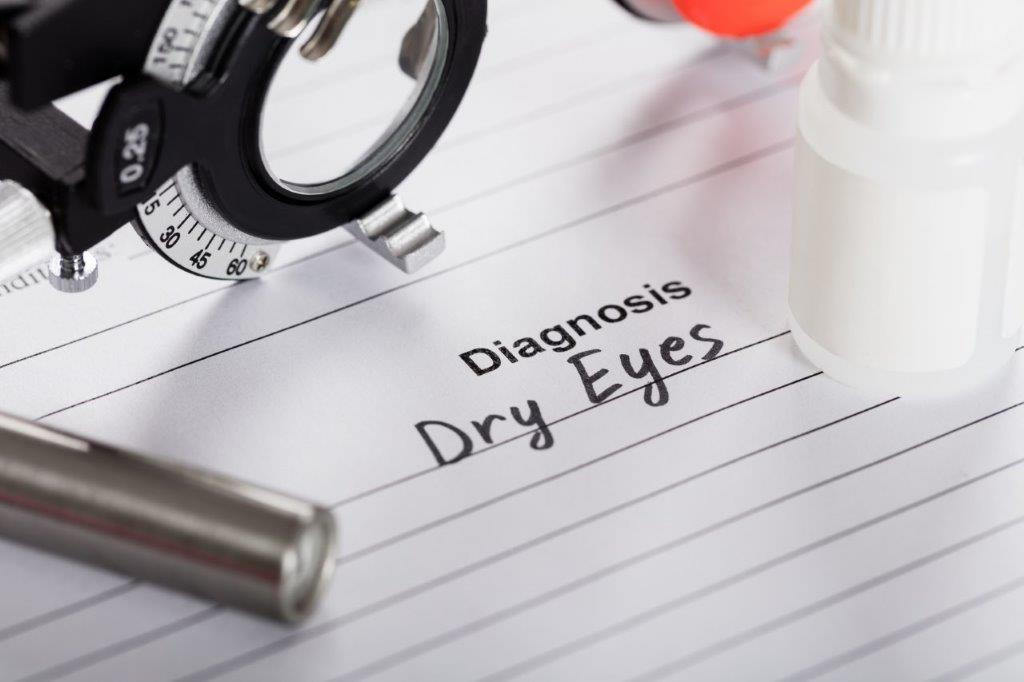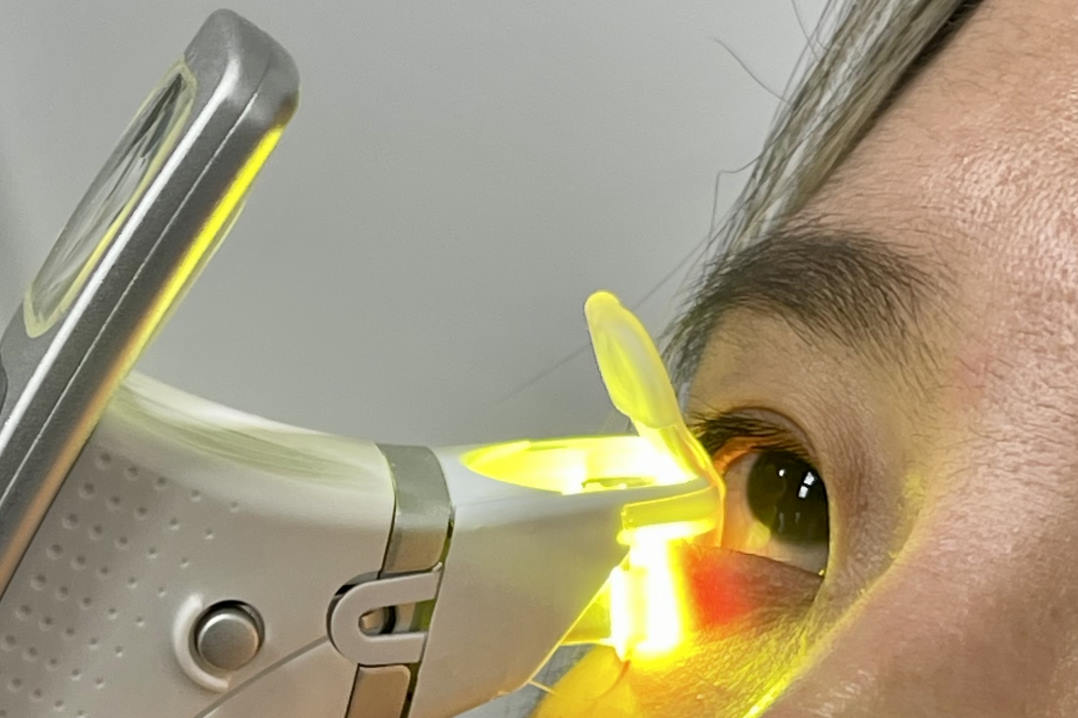Local research contributions guiding clinical practice in DED
Dry eye disease (DED) symptoms can be reliably assessed using freely available tools, such as the Ocular Surface Disease Index (OSDI). However, assessment of clinical signs often depends on the availability of specialised equipment, which may not be accessible to all clinicians. Dr Michael Wang, together with researchers based in the Ocular Surface Laboratory, including Catherine Jennings, Dr Ally Xue and Professor Jennifer Craig, and collaborators, have offered valuable insights into predictive signs, clinical tests and global practice patterns to support evidence-based care.
Risk factors and epidemiology
Our 2024 review paper on epidemiology and clinical risk factors highlighted both modifiable and non-modifiable contributors to DED1. Age, female sex and East Asian ethnicity were prominent non-modifiable factors, along with systemic diseases including Sjögren’s disease, migraine and diabetes, while modifiable risks included medication use, such as antihistamines and antidepressants, and environmental exposures including screen use, low humidity and contact lens wear. Another 2025 study2, linked smoking to more than double the risk of both aqueous-deficient and evaporative DED, emphasising the need for lifestyle counselling of at-risk patients.
Improving diagnostic accuracy of DED with clinical signs
Diagnosis based on the TFOS DEWS II framework emphasises the importance of considering both symptoms and signs. Tools like the OSDI remain gold-standard and are available online for free in several languages. For signs, studies have examined the utility of specific clinical tests. A 2025 study3 we contributed to confirmed that a positive finding on any one of the clinical tests included in the TFOS DEWS II diagnostic criteria for DED (tear film instability or tear hyperosmolarity or ocular surface staining, alongside a positive OSDI score) provided a robust diagnostic approach. Interestingly, it was also confirmed that only two out of these three tests needed to be performed to be confident in confirming the presence or absence of DED in a symptomatic patient, as long as a full ocular surface staining work-up (lid wiper as well as cornea and bulbar conjunctiva) was one of them – a welcome finding for practitioners without access to a clinical osmometer.
Blink metrics have also gained attention. Incomplete blinking (≥40% incomplete blinks) was found to be strongly associated with an increased risk of DED, with higher levels of incomplete blinking associated with more severe signs and symptoms. The association between incomplete blinking and both meibography grade and meibum expressibility lends support to the theory that incomplete blinking may be a relevant driver in the development of meibomian gland dysfunction4.
The utility of meibomian gland assessment was further reinforced through a randomised crossover study showing quantitative measures of gland dropout (using ≥20% as a diagnostic cut-off) were more sensitive than qualitative grading relative to Pult’s Meiboscale5. Repeatability and reproducibility of tear film lipid layer interferometry evaluations were also evaluated in a randomised crossover study, confirming its consistency across sessions and days. Both qualitative lipid grading (lipid layer grade, graded by clinicians based on keratograph-generated videos) and quantitative lipid layer thickness measurement methods, while not directly interchangeable, demonstrated comparable diagnostic performance for detecting DED, supporting the use of either technology in clinical and research environments6.
Clinical biomarkers and objective tests
Ocular surface staining continues to be a mainstay of diagnosis; however, its presence tends to be more common in moderate-to-severe cases of DED. Our 2024 study demonstrated that lid-wiper epitheliopathy (LWE) has superior diagnostic accuracy over corneal or conjunctival staining, being useful even in mild-to-moderate cases. This highlights LWE as a potentially underused but valuable clinical indicator7.
Sensitivity testing using non-contact aesthesiometry also showed promise. Measurements of corneal and lid margin sensitivity were moderately predictive of clinical signs, with ≥0.8mbar being a potential threshold for clinically significant dry eye signs. Lid sensitivity, in particular, correlated better with tear instability and ocular staining and is deserving of further attention8.
Conclusion
These studies contribute to a growing evidence base to support best DED diagnostic practices. By refining risk assessment, validating diagnostic tools and understanding global practice patterns, clinicians can make more informed, patient-centred decisions.
References
1. Britten-Jones AC, Wang MTM, Samuels I, Jennings C, Stapleton F, Craig JP. Epidemiology and Risk Factors of Dry Eye Disease: Considerations for Clinical Management. Medicina (Kaunas). 2024;60.
2. Power B, Wang MTM, Xue AL, Craig JP. Association of tobacco smoking with aqueous deficient and evaporative dry eye disease subtypes: a prospective registry-based case-control study. Ocul Surf. 2025;38:53-5.
3. Wolffsohn JS, Trave-Huarte S, Stapleton F, Downie LE, Schulze MM, Guthrie S, et al. Relative importance of tear homeostatic signs for the diagnosis of dry eye disease. Ocul Surf. 2025;36:151-5.
4. Wang MTM, Power B, Xue AL, Craig JP. Blink completeness and rate in dry eye disease: An investigator-masked, prospective registry-based, cross-sectional, prognostic study. Cont Lens Anterior Eye. 2025;48:102369.
5. Wang MTM, Power B, Xue AL, Kim JS, Craig JP. Diagnostic performance of qualitative and quantitative methods of meibomian gland dropout evaluation in dry eye disease: An investigator-masked, randomised crossover study. Cont Lens Anterior Eye. 2025;48:102324.
6. Wang MTM, Misra SL, Gokul A, Kim JS, Kim AD, Xue AL, et al. Repeatability of tear film lipid layer interferometry measurements: A randomized, crossover study. Optom Vis Sci. 2025;102:167-74.
7. Wang MTM, Power B, Xue AL, Craig JP. Discriminative performance of ocular surface staining and lid wiper epitheliopathy in dry eye disease: An investigator-masked, prospective registry-based, diagnostic accuracy study. Ocul Surf. 2024;34:165-72.
8. Wang MTM, Meyer JJ, Xue AL, Power B, Craig JP. Predictive performance of corneal and lid margin sensitivity for dry eye disease: An investigator-masked, prospective, prognostic accuracy study. Ocul Surf. 2024;33:11-5.

Dr Kalika Bandamwar is a research fellow with OSL, in the Department of Ophthalmology at the University of Auckland, and a fellow of the British Contact Lens Association. Her research interests include DED, the ocular surface and contact lenses.




